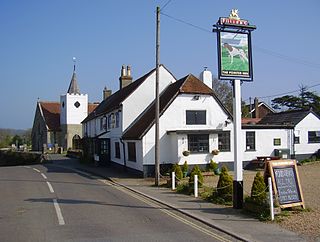
Mundford is a village and civil parish in the English county of Norfolk. It is situated at the intersection of two major routes, the A134 Colchester to King's Lynn road and the A1065 Mildenhall to Fakenham road, about 8 miles (13 km) north west of Thetford. The village is 35 miles (56 km) from the city of Norwich and 88 miles (142 km) from London.

Bayworth is a hamlet in the civil parish of Sunningwell about 3 miles (5 km) south of Oxford. Bayworth was part of Berkshire until the 1974 boundary changes transferred it to Oxfordshire.
The Pilkington family has its origins in the ancient township of Pilkington in the historic county of Lancashire, England. After about 1405 the family seat was Stand Old Hall which was built to replace Old Hall in Pilkington. The new hall was built on high land overlooking Pilkington's medieval deer park. Stand Old Hall was replaced by Stand Hall to the south in 1515 after the Pilkingtons were dispossessed. Stand Old Hall became a barn. It is possible that Sir Thomas Pilkington had permission to “embattle” his manor house in 1470 building a stone tower. It was a ruin by the 1950s and demolished in the early 1960s.
Sir Edmund Bowyer was an English lawyer, landowner and politician who sat in the House of Commons at various times between 1593 and 1624.

Sir Hugh I Pollard lord of the manor of King's Nympton in Devon, was Sheriff of Devon in 1535/6 and in 1545 was appointed Recorder of Barnstaple in Devon.

The Great Budbridge Manor is a manor house just south of Merstone, near Arreton, Isle of Wight, England. Fish ponds on the grounds appear medieval.
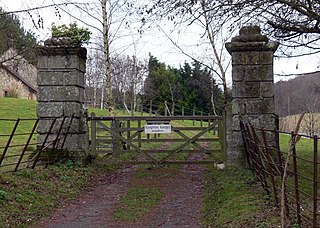
Knighton Gorges Manor was one of the grandest manor houses on the Isle of Wight. Located in the hamlet of Knighton, near Newchurch, it is reported to be one of the most haunted locations on the Isle of Wight.

Nunwell House, also Nunwell Manor, is a historic English country house in Brading, Isle of Wight. Located 3 miles (4.8 km) south of Ryde, the Tudor and Jacobean style house also has later additions. The house contains family militaria. It was occupied by the Oglander family from Norman times until 1980. Nunwell House is a Grade II* listed building.
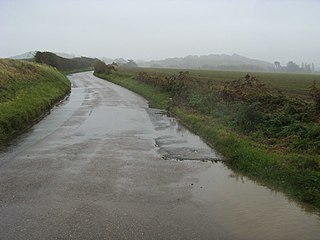
Apse Manor is a manor house on the Isle of Wight, situated just within the eastern boundary of the Newchurch parish. The house is pleasantly situated just to the north of the high road from Shanklin and as of 1912 retained a room with a stone fireplace and a heavy panelled Tudor ceiling.
Ryde Manor is a manor house in Ryde on the Isle of Wight, situated within the Newchurch parish. It was historically linked with Ashey Manor.
Smallbrook Manor is a manor house on the Isle of Wight, lying at the north-eastern boundary of Newchurch parish. It doubtless took its name from the stream that here forms the boundary of the parish. It is of ancient origin, as in 1280 William de Smallbrook (Smalebrook) granted land to his son Hugh. It was held at the end of the 14th century by the Wyvill family, and remained in their possession until 1491–2, when Stephen Wyvill, the last of the family, sold it to Henry Howles. Smallbrook passed in the Howles family until the reign of Elizabeth, when it was divided between co-heirs and sold to Sir William Oglander. In the court held at Ashey Manor, 1 November 1624, Sir John Oglander was returned as a freeholder and free suitor of the manor for his farm called 'Smallbroke.' The estate has since descended with Nunwell and as of 1912 was held by Mr J. H. Oglander, who had the Court Rolls in his possession.
Alverstone Manor is a manor house in Alverstone in the parish of Brading on the Isle of Wight.
Barnsley Manor is a manor house in the parish of Brading on the Isle of Wight.
Milton Manor is a manor house in the parish of Brading on the Isle of Wight, in England.

Stevenstone is a former manor within the parish of St Giles in the Wood, near Great Torrington, North Devon. It was the chief seat of the Rolle family, one of the most influential and wealthy of Devon families, from c. 1524 until 1907. The Rolle estates as disclosed by the Return of Owners of Land, 1873 comprised 55,592 acres producing an annual gross income of £47,170, and formed the largest estate in Devon, followed by the Duke of Bedford's estate centred on Tavistock comprising 22,607 with an annual gross value of nearly £46,000.
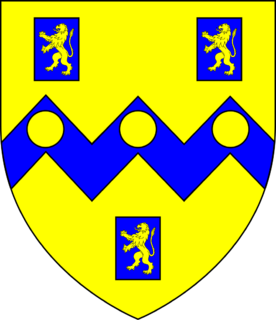
George Rolle of Stevenstone in the parish of St Giles in the Wood near Great Torrington in Devon, was the founder of the wealthy, influential and widespread Rolle family of Devon, which according to the Return of Owners of Land, 1873 in the person of Hon. Mark Rolle, the adoptive heir of John Rolle, 1st Baron Rolle, had become by that year the largest landowner in Devon with about 55,000 acres. He was a Dorset-born London lawyer who in 1507 became Keeper of the Records of the Court of Common Pleas and was elected as a Member of Parliament for Barnstaple in 1542 and 1545. He became the steward of Dunkeswell Abbey in Devon, and following the Dissolution of the Monasteries he purchased much ex-monastic land in Devon. Not only was he the founder of his own great Devonshire landowning dynasty but he was also an ancestor of others almost as great, including the Acland baronets of Killerton, the Wrey Baronets of Tawstock and the Trefusis family of Trefusis in Cornwall now of Heanton Satchville, Huish, later Baron Clinton, heirs both of Rolle of Heanton Satchville, Petrockstowe and of Rolle of Stevenstone.

The Manor of Totteridge was located in Totteridge, Hertfordshire, in an area that is now part of the London Borough of Barnet. The manor was historically associated with the Manor of Hatfield. The original manor house was demolished before 1821 and the manorial estate known as Totteridge Common was transferred to a charity, the Totteridge Manor Association, in 1954.
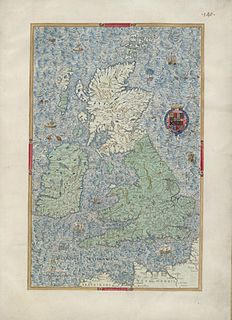
William Bowyer was an antiquary and government official who was a Member of Parliament and Keeper of the Records in the Tower of London early in the reign of Elizabeth I of England. He was the first Keeper to systematically organize and catalogue the store of government records maintained in the Tower. An avid collector of old manuscripts, he also created Heroica Eulogia, a compilation of grants and verse eulogies relating to the earls of Leicester, along with satirical verses and illustrations, for presentation to Robert Dudley, Earl of Leicester.
The Hendley family were English landowners in the county of Kent from before 1344 until the last male member of the main branch died childless and insane in 1798. They originally held the manor of Coursehorn in the parish of Cranbrook and later acquired the estate of Gore Court in the parish of Otham. Members of the family, which included knights and a baronet, served as a Member of Parliament and as High Sheriff of Kent.
Vice-Admiral Henry Hill (1775–1849) was a Royal Navy officer. He was the eldest son of William Hill (1736–1793) and Elizabeth Popham (1744–1809).


